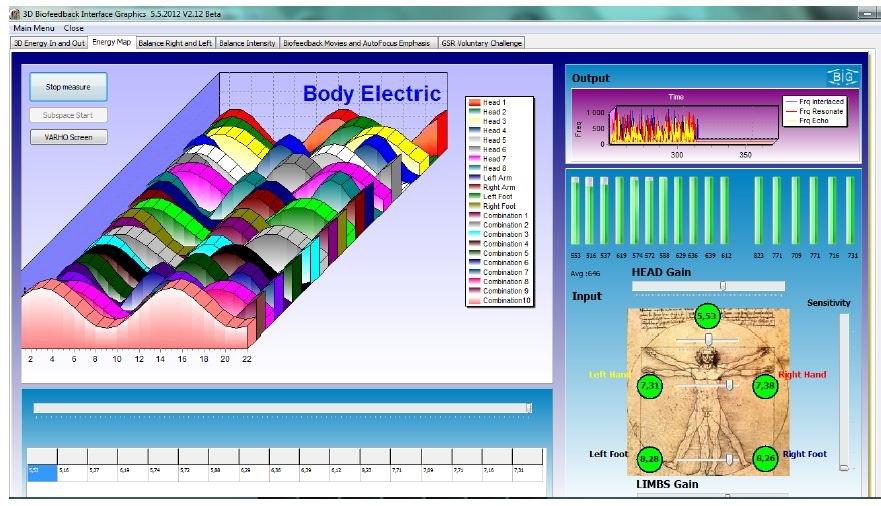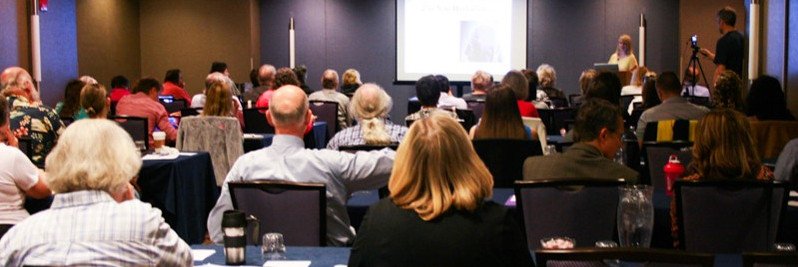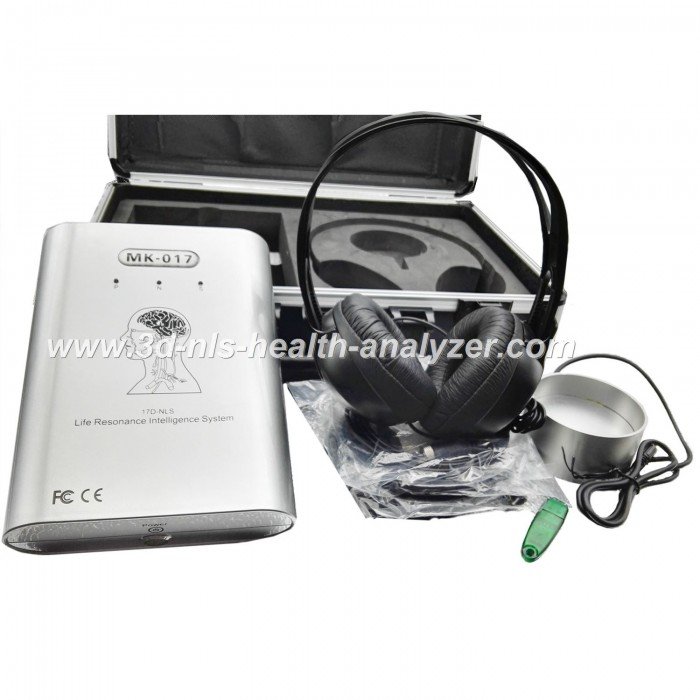scio biofeedback training and all about the SCIO BioFeedback




About the scio biofeedback-Training-For several years now, we have seen many practitioners succeed or falter with Dr. Nelson’s Systems. However, the system is not the variable, the practitioner’s training is!Our heart felt contribution to your personal success requires the embrace of the Certified Training held by Teresa Cumbers. All training held by us will qualify you for CEU credits towards Biofeedback Certification. Teresa is a experienced Certified Biofeedback Trainer for Australia & New Zealand. Also included with your training package is unlimited On-Line or Telephone Support. Ensuring that the practitioner can commence in practice soon after completing training.Your dedication to a complete training will enhance your practice as well as the world’s image of the SCIO and Biofeedback Stress Management.
What is the SCIO BioFeedback?
The SCIO BioFeedback (Scientific ConSCIO BioFeedbackusness Interface Operations System) is a universal electrophysiological SCIO BioFeedback biofeedback system. It coordinates a complex electro-modal, biofeedback program with computer software in order to gather bioenergetic information of a client’s subconSCIO BioFeedbackus. The information is gathered from the body through electrodes in head and limb straps providing an accurate and precise picture of the client’s general status. This information is selected and listed by the SCIO BioFeedback in order of the highest reaction and the stressors are analysed in the course of a stress management session.

The current version of the SCIO BioFeedback is based on 20 years of history, research and experience throughout the World.
General Indications for Use:
“The SCIO BioFeedback (Scientific ConSCIO BioFeedbackusness Interface Operations System) is a universal electrophysiological biofeedback system. It coordinates a complex electro-modal, biofeedback program with computer software in order to gather bioenergetic information of a client’s subconSCIO BioFeedbackus. The information is gathered from the body through electrodes in head and limb straps providing an accurate and precise picture of the client’s general status. This information is selected and listed by the SCIO BioFeedback in order of the highest reaction and the stressors are analyzed in the course of a stress management session.”
Detailed Indications for Use:
“The device is indicated for use and registered as a universal electrophysiological biofeedback system. This includes the following Eight Universal Items:
Stress Reduction and Lifesytle Stressors Questionnaire;
Simple EEG [electroencephalography] brain wave stress reduction including Cranial electrotherapy;
Three-pole ECG [electrocardiography] simple heart awareness stress reduction;
EMG [electromyography] simple reeducation of muscles;
GSR [galvanic skin response] and TVEP [transcutaneous voltammetric evoked potential];
Transcutaneous electro nerval stimulation for pain reduction;
Trauma or wound healing and electro-osmosis;
Global Voltammetric Charge Stability;
All of these combine to form a universal electrophysiological biofeedback system for the detection of stress and reduction of stress, and the treatment of muscular re-education from injury, muscle weakness or dystonia, pain (TENS [transcutaneous electro nerval stimulation]), trauma/wound healing, charge stability imbalance, redox potential and electrophysiological reactivity.”
Furthermore, all Users of the device must be clearly aware of and understand the following Disclaimer:

“The SCIO BioFeedback is to be used as a universal electrophysiological biofeedback system. It is designed for stress detection and stress reduction. The device does not diagnose any issue other than stress. Stress can come from many sources; this system uses many multimedia therapies to reduce stress. This device also measures client’s electrophysiological reactivity which is another way to represent stress. Only a licensed healthcare practitioner can diagnose a client. The system is calibrated to measure the very fine and subtle electrical reactions to a group of biological and medical stressors. The sensitivity is set so fine so as to pick up the earliest sign of distress and issues related to distress. Therefore, the results might be below the client recognition. The readings should be evaluated by trained biofeedback technicians. Always consult with a licensed healthcare practitioner. Always use additional tests or referrals. No claims other than stress detection and stress reduction may be made.”
How the SCIO BioFeedback may assist to de-stress the body? As the SCIO BioFeedback has been devised using the principles of Quantum Physics, that question is easily asked than answered. During a session the SCIO BioFeedback measures the body’s resonance/reactance pattern and determines what benefit has occurred in the time period since the last measurement (less than a second earlier). If there has not been an improvement, the input resonance is altered. It maintains each beneficial setting as long as it is helping and changes it as soon as it is no longer useful.
Can you use the SCIO BioFeedback on children? The SCIO BioFeedback is ideally suited for children, as they are often unable to verbally communicate what they are suffering from. Children suffering from behavioral problems have seen considerable improvements, as the SCIO BioFeedback unearthed contributing factors.
Can you use the SCIO BioFeedback on animals/pets? YES, animals are unable to communicate with us in the most obvious of ways, although it may be apparent that they are suffering both from physical and psychological problems. Pet owners have seen vast improvement in the behavior and increased vitality of their pets.
What is the retail price of the complete SCIO BioFeedback System? SCIO BioFeedback biofeedback machine for sale complete with equipment, software, and accessories — many other benefits come with the purchase of the SCIO BioFeedback Device specifically from The Quantum Centre.

What is SCIO BioFeedback?
SCIO BioFeedback is a treatment technique in which people are trained to improve their health by using conscious and subconscious signals from their own bodies. Physical practitioners use SCIO BioFeedback to help stroke victims regain movement in paralyzed muscles. Psychologists use it to help tense and anxious clients learn to relax. Specialists in many different fields use SCIO BioFeedback to help their clients cope with pain.
Chances are you have used SCIO BioFeedback yourself. You’ve used it if you have ever taken your temperature or stepped on a scale. The thermometer tells you whether you’re running a fever, the scale whether you’ve gained weight. Both devices “feed back” information about your body’s condition. Armed with this information, you can take steps you’ve learned to improve your health. When you’re running a fever, you go to bed and drink plenty of fluids. When you’ve gained weight, you resolve to eat less and exercise more.
Clinicians rely on complicated SCIO BioFeedback machines in somewhat the same way that you rely on your scale or thermometer. Their machines can detect a person’s internal bodily functions with far greater sensitivity and precision than a person alone can. This information may be valuable. Both clients and practitioners use it to gauge and direct the progress of treatment.
For clients, the SCIO BioFeedback device allows them to “see” or “hear” activity inside their bodies. One commonly used type of machine, for example, picks up electrical signals in the muscles. It translates these signals into a form that clients can detect. It triggers a flashing light bulb, perhaps, or activates a beeper every time muscles grow tenser. If clients want to relax tense muscles, they try to slow down the flashing or beeping.
Like a pitcher learning to throw a ball across a home plate, the SCIO BioFeedback trainee, in an attempt to improve a skill, monitors the performance. When a pitch is off the mark, the ballplayer adjusts the delivery so that he performs better the next time he tries. When the light flashes or the beeper beeps too often, the SCIO BioFeedback trainee makes internal adjustments, which alter the signals. The SCIO BioFeedback practitioner acts as a coach, standing at the sidelines setting goals and limits on what to expect and giving hints on how to improve performance.

The Beginnings of SCIO BioFeedback
The word “SCIO BioFeedback” was coined in the late 1960s to describe laboratory procedures then being used to train experimental research subjects to alter brain activity, blood pressure, heart rate, and other bodily functions that normally are not controlled voluntarily. At the time, many scientists looked forward to the day when SCIO BioFeedback would give us a major degree of control over our bodies. They thought, for instance, that we might be able to “will” ourselves to be more creative by changing the patterns of our brainwaves. Research has demonstrated that SCIO BioFeedback can help in the treatment of many diseases and painful conditions. It has shown that we have more control over so-called involuntary bodily function than we once thought possible. But it has also shown that nature limits the extent of such control. Scientists are now trying to determine just how much voluntary control we can exert.
How is SCIO BioFeedback Used Today?
Clients usually are taught some form of relaxation exercise. Some learn to identify the circumstances that trigger their symptoms. They may also be taught how to avoid or cope with these stressful events. Most are encouraged to change their habits, and some are trained in special techniques for gaining such self-control. SCIO BioFeedback cannot cure disease or by itself make a person healthy. It is a tool, one of many available to health care professionals. It reminds physicians that behavior, thoughts, and feelings profoundly influence physical health. SCIO BioFeedback helps both clients and doctors understand that they must work together as a team.
Clients’ Responsibilities
SCIO BioFeedback places unusual demands on clients. They must examine their day-to-day lives to learn if they may be contributing to their own distress. They must recognize that they can, by their own efforts, remedy some physical ailments. They must commit themselves to practicing SCIO BioFeedback or relaxation exercises every day. They must change bad habits, even ease up on some good ones. Most important, they must accept much of the responsibility for maintaining their own health.

How Does SCIO BioFeedback Work?
Most clients who benefit from SCIO BioFeedback are trained to relax and modify their behavior. Most scientists believe that relaxation is a key component in SCIO BioFeedback treatment of many disorders, particularly those brought on or made worse by stress. Their reasoning is based on what is known about the effects of stress on the body. In brief, the argument goes like this: Stressful events produce strong emotions, which arouse certain physical responses. Many of these responses are controlled by the sympathetic nervous system, the network of nerve tissues that helps prepare the body to meet emergencies by “flight or fight.”
The typical pattern of response to emergencies probably emerged during the time when all humans faced mostly physical threats. Although the “threats” we now live with are seldom physical, the body reacts as if they were: The pupils dilate to let in more light. Sweat pours out, reducing the chance of skin cuts. Blood vessels near the skin contract to reduce bleeding, while those in the brain and muscles dilate to increase the oxygen supply. The gastrointestinal tract, including the stomach and intestines, slows down to reduce the energy expensed in digestion. The heart beats faster, and blood pressure rises.
Normally, people calm down when a stressful event is over especially if they have done something to cope with it. For instance, imagine your own reactions if you’re walking down a dark street and hear someone running toward you. You get scared. Your body prepares you to ward off an attacker or run fast enough to get away. When you do escape, you gradually relax.
If you get angry with your boss, it’s a different matter. Your body may prepare to fight. But since you want to keep your job, you try to ignore the angry feelings. Similarly, if on the way home you get stuck in traffic, there’s nothing you can do to get away. These situations can literally make you sick. Your body is prepared for action, but you cannot act.
Individuals differ in the way they respond to stress. In some, one function, such as blood pressure, becomes more active while others remain normal. Many experts believe that these individual physical responses to stress can become habitual. When the body is repeatedly aroused, one or more functions may become permanently overactive. Actual damage to bodily tissues may eventually result.
SCIO BioFeedback is often aimed at changing habitual reactions to stress that can cause pain or disease. Many clinicians believe that some of their clients have forgotten how to relax. Feedback of physical responses such as skin temperature and muscle tension provides information to help clients recognize a relaxed state. The results of a SCIO BioFeedback session may also act as a kind of reward for reducing tension. It’s like a piano teacher whose frown turns to a smile when a young musician finally plays a tune properly.
SCIO BioFeedback is generally defined as the presentation to a person of ongoing biological information, such as heart rate, so that he or she can become aware of inside-the-skin behaviors. SCIO BioFeedback training means using the information in learning how to self-regulate the biological process being displayed.



Sale Cousultant : Mrs Lucy | Sale Consultant : Mr Mark |












